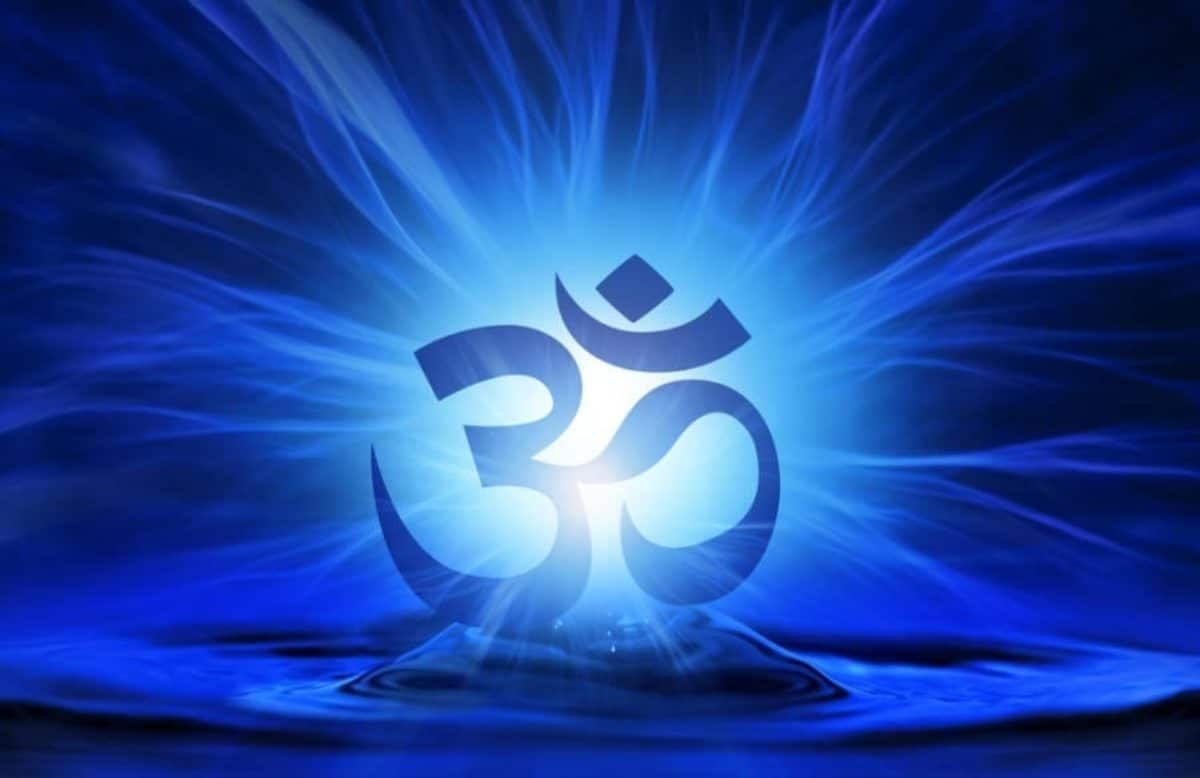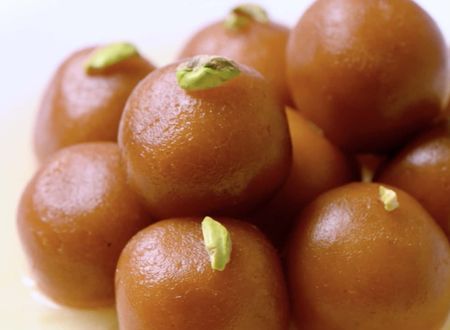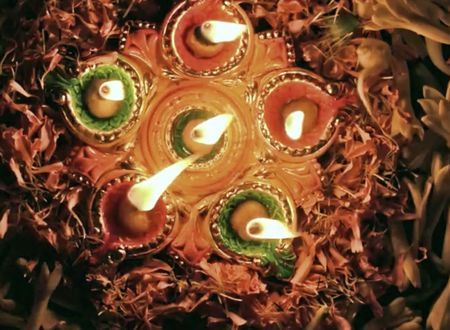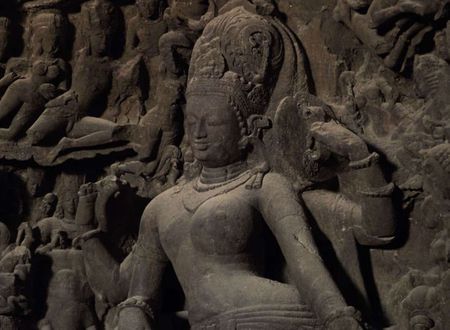Author’s note and Background – I dedicate my 50th and 51st posts on the awesome os.me platform to Sanatana Dharma . A brief background first. I penned my experience – The Kapaleeshwara diaries to summarize how deeply pained I was by the ‘spiced up’ and incorrect narrative of our Dharma . Swati Om ji posted a worthy response to clarify the various insinuations . Her article had prompted me to make a primer of sorts about Sanatana Dharma or rather about the misconceptions about Sanatana Dharma . I was also deeply inspired my Mamaji Dr Anoop Dhingra named as one of the top 2% scientists in the world – who has been serving Radha Madhav society in US and has authored books in the Gurukula series (which aims to cultivate a life long bond with Dharma in the children of tomorrow) instilling the essence of dharma and addressing baseless notions.
The primer, simplified ( over simplified ) some of our core concepts to make them easily understandable and aimed to dispel misconceptions and ridiculous notions about Dharma . While it was made largely for addressing the FAQs and misplaced notions of my Western colleagues , reading it got me a fair bit of feedback and appreciation from my younger Indian colleagues as well who had similar misgivings . Today Mohit Om ji raised a very pertinent question on how we can protect and promote Santana Dharma . It prompted me to share my thoughts –which are by no means complete or authoritative or even completely correct . This is just what I would call an attempt in the tradition of corporate one pagers which aims to simplify ,summarize and land core concepts . I loved the way Prahlad ji structures his posts in terms of 10 ways to explore os.me or 8 tips to improve quality of life etc and I have restructured the primer as 10 myth busters – Please feel free to add more / edit and simplify .
I figured from my experience – most of my younger colleagues did not know the answers to these 10 , had no clue about scriptures or why we do what we do – and hence never really believed in Dharma – and some of these thoughts inspired atleast a few to undertake their own spiritual journey and make an effort to understand Sanatana Dharma .
I lay this at the divine feet of my Master Swami ji . My humble pranaams to – Swami ji for reviving this divine path . Also to Prahlad ji , Mohit Om and Swati Om ji and my Mama ji for an inspiration to share .
The format states the myth , it possible source (where it comes from ) and the truth as I see it.
Misconception 1
There are 330 million Gods we worship in Sanatana Dharma
This was the dramatic sentence with which the story teller mentioned in Kapaleeshwara diaries started her story .
Where does it come from – 33 Koti Devatas are mentioned in our scriptures. Yes , 33 Kotis of devas are mentioned . However, Koti means crore and even kind( or type) in Sanskrit. See the below from the Sage Yajnavalkya in one the earliest Upanishads
Brihadarannyak Upnishada verse 3.9.2
स होवाच, महिमान एवैषामेते, त्रयस्त्रिंशत्त्वेव देवा इति; कतमे ते त्रयस्त्रिंशदिति; अष्टौ वसवः, एकादश रुद्राः, द्वादशादित्याः, ते एकत्रिंशत्, इन्द्रश्चैव प्रजापतिश्च त्रयस्त्रिंशाविति ॥ २ ॥
Yājñavalkya said, ‘These, the three hundred and three etc., are but the manifestations of them, the thirty-three gods. But really there are only thirty-three gods.’ ‘Which are those thirty-three?’ The reply is being given: ‘The eight Vasus, the eleven Rudras and the twelve Ādityas—these are thirty-one, and Indra and Prajāpati make up the thirty-three.’
The 12 Adityas are the expressions of Sri Hari as Surya or Sun .
The 11 Rudras are the manifestations of Lord Shiva .
The 8 Vasus are the attendants of Indra – and aspects of nature and Prajapati the presiding deity of creation .
While this brings the number to a manageable 33- it still isn’t an accurate picture . The Vedas declare – there is ONE GOD who is omniscient , omnipotent and omnipresent . He can take countless forms. HE is Saguna ( with form and attributes) and Nirguna ( formless) . Therefore , you can meditate on HIM in a physical form as per your belief ( Ganesha , Sri Rama , Sri Krishna , Kali, Parvati , Lakshmi , Shiva, Hanuman to name a few ) or as a Supreme Being without form ( Param Brahm)
Misconception 2
Animals and pests such as cows , bullocks ,monkeys , rats and other animals are venerated in Sanatana Dharma
Where does it come from : Vahanas or rides of various Deities are worshipped . Even some deities such as Hanuman take animal form.
Sanatana Dharma regards every life as sacred . Sri Krishna tells Arjuna in Srimad Bhagvadgita – that he pervades the entire creation . Every individual soul is an eternal part of him . Our scriptures also say that Sri Hari incarnated on earth as a fish ( Matsya) a turtle ( Koorma) a wild boar ( Varaha)and a mixed human -animal form (Narsimha). HE has no limitations and can take any form. Therefore , there is a spark of divinity in every creature and hence we respect and worship that divine energy in all beings .
From a historical and sociological perspective , the vedic society was an agrarian one . Cows were revered as maternal beings as they nourished with milk and also provided fertilizer and fuel through dung . Similarly , bullocks were indispensable to farming .
Misconception 3
Bhagvadgita is the Bible of Sanatana Dharma
Where does it come from – I thought it was equated with Bible since it is undoubtedly one of the most revered and well known scripture of Dharma . However , my young friends enlightened me it is because of the movies – where the witnesses in Hindi movies take oath on Gita just like Christians place their hand on the Holy Bible to take an oath in the court of law
Firstly , Srimad Bhagvadgita is a respectful way of addressing this holy scripture just as Holy Bible or Quraan Sharif are addressed respectfully . Secondly , Sriamad Bhagvadgita containing 700 verses – is a small part of Mahabharata . The Song of God, as its called, distils knowledge from Upanishads and Darshan Shastras and has vedic knowledge too . Nonetheless , the 4 Vedas – namely Rigveda , Yajurveda , Samveda and Atharvaveda cannot be ignored as a fountain of knowledge . Nor can the importance of other scriptures be decimated .
Misconception 4
God Realization and sprituality is reserved for Brahmins
Where does it come from : Most Western commentators have set the context of access to vedic knowledge being reserved for brahmins. Recently , some politically motivated teachers have also drummed up controversies citing tales of lower caste tapasvis being harmed when they were doing penance for God realization
Yajurveda emphasises that people from all segments of the society should gain Vedic Knowledge. Upanishads also confirm that the eligibility to receive spiritual knowledge isn’t determined by birth caste but by one’s efforts and sincerity . Traditional knowledge of Vedas may have been limited to Brahmins in the medieval times . However knowledge alone is not equivalent to an experience of God . In the ancient Vedic times Kshtriyas such as Prahlada , Dhruva , Vishwamitra (Kaushika) attained God Realization as did dacoits turned saints such as Valmiki .
In the medieval times Bhakti saints such as Kabir and Ravidas came from lower castes. Kabir was a weaver and Ravidas a tanner and by birth a shudra. Yet he was the Guru of Meerabai and a realized saint whose teachings appear as shabads even in Sikhism.
In summary , Brahmins don’t have a birth right over spiritual quest . The dedication of the sadhaka no matter what the birth – decides the spiritual destination.
Part 2 to follow.
PS – Dear Parivaar – would love to hear your feedback and thoughts on this . More to come in the next post – a discussion on myths around the caste system , idolatry and fatalism .









Comments & Discussion
16 COMMENTS
Please login to read members' comments and participate in the discussion.